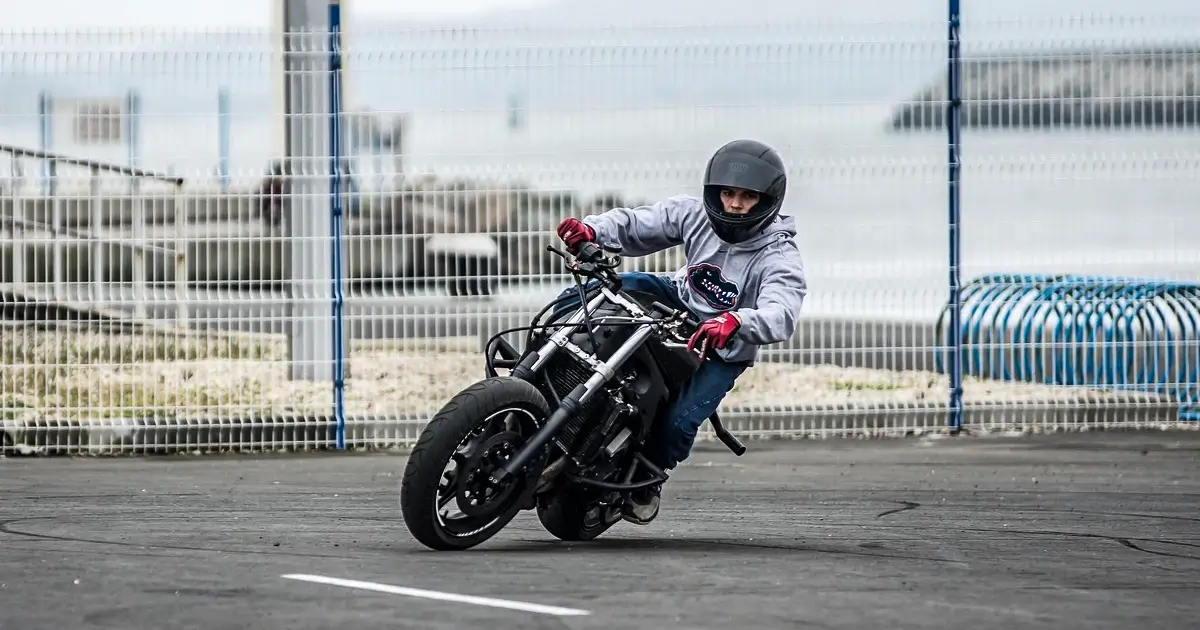Ever wondered why a tight corner on a motorcycle feels like pure adrenaline or pure fear compared to taking the same turn in a car? Riders often describe it as flying on the edge, while car drivers barely flinch. But there’s a lot more going on here than just emotion. Let’s break down the science, sensation, and tire effects behind those thrilling curves.
The Human Connection Between Balance and Emotion
When you ride a motorcycle, you are part of the machine. Your body isn’t just sitting there; it’s actively controlling balance, lean angle, and grip. Every muscle movement connects you directly to the road.
In a car, you’re inside a metal shell with four tires and a stable chassis. You steer, but the car does the rest. There’s no direct balance challenge. That’s why motorcycles trigger stronger feelings; your body becomes the sensor, not the seat.
Why Leaning Feels So Extreme
In a car, you take a curve mostly upright. But on a motorcycle, you lean into it. The more the lean, the more gravity and centrifugal force you feel pulling in opposite directions.
That lean angle, sometimes up to 45 degrees or more gives the illusion of falling, even though the physics keeps you balanced. The brain reads that as thrill or terror, depending on your comfort level.
Professional riders describe this as “surfing the curve.” It’s like carving through waves, smooth, fast, and precise.
How Tire Grip Changes Everything
Tire behavior on motorcycles differs significantly from that of cars. A car tire stays mostly flat on the road, using a large surface area for grip. A motorcycle tire, on the other hand, has a rounded profile.
When you lean, the contact patch, the small part of rubber touching the ground, moves to the tire’s edge. This small area handles huge forces, balancing traction, cornering, and speed.
Because of this, motorcycle tires wear out faster on the sides than in the center. Riders who take many twisty roads or mountain curves often notice this uneven wear. In contrast, car tires usually wear more evenly across the tread.
Why Corners Feel More Dangerous (and More Fun)
On a curve, everything happens faster on a motorcycle. A small mistake in lean angle, braking, or throttle can make a big difference. That’s why even skilled riders feel a rush of adrenaline — your brain knows there’s real risk.
In a car, stability control and wide tires do most of the work. You might feel the g-force, but your body isn’t balancing thousands of micro-adjustments per second like a rider does.
This combination of control, risk, and physical movement is why cornering on a bike feels alive. It’s the raw connection between man, machine, and road.
How to Extend Motorcycle Tire Life
If you love riding through winding roads, tire care becomes essential. Here are a few practical ways to make your tires last longer:
- Maintain correct tire pressure: Underinflated or overinflated tires wear unevenly.
- Avoid aggressive cornering every time: Sharp leans look cool, but heat the sides of your tires quickly.
- Rotate your riding routes: Mixing highway and city rides helps even out tire wear.
- Check alignment and suspension: Poor balance adds extra stress to one side of the tire.
Even with the best care, most motorcycle tires last between 5,000 and 15,000 kilometers, depending on your riding style.
Real-World Example: The Mountain Pass Test
Picture two friends heading up a mountain, one on a motorcycle, one in a sports car. The car driver powers through the corners with ease, the body staying stable thanks to advanced suspension. The rider, meanwhile, leans deep into every curve, adjusting throttle and body position in harmony.
At the top, the car’s tires barely show wear. The bike’s sidewalls, however, are warmer and slightly more polished proof of that thrilling journey.
Also Read
- How Motorcycle Tire Design Fights Hydroplaning — and Why They Wear Out Faster
- How to Bring an Old Car Back to Life: A Step-by-Step Guide for Beginners
- Why Taking Sharp Curves Feels So Different on a Motorcycle Than in a Car — and What It Means for Your Tires
- The Environmental Impact Of Frequent Car Washing
- The Evolution of Car Wash Technology
The Final Take
Riding a motorcycle through curves feels thrilling because you’re fully exposed to physics every lean, every turn, every grip change. It’s not just a ride; it’s a physical experience.
But that excitement comes with a cost. The same forces that make cornering fun also wear down your tires faster. Understanding how this balance works helps you ride smarter, safer, and longer. So next time you take that curve, remember you’re not just turning. You’re dancing with gravity, one lean at a time.
